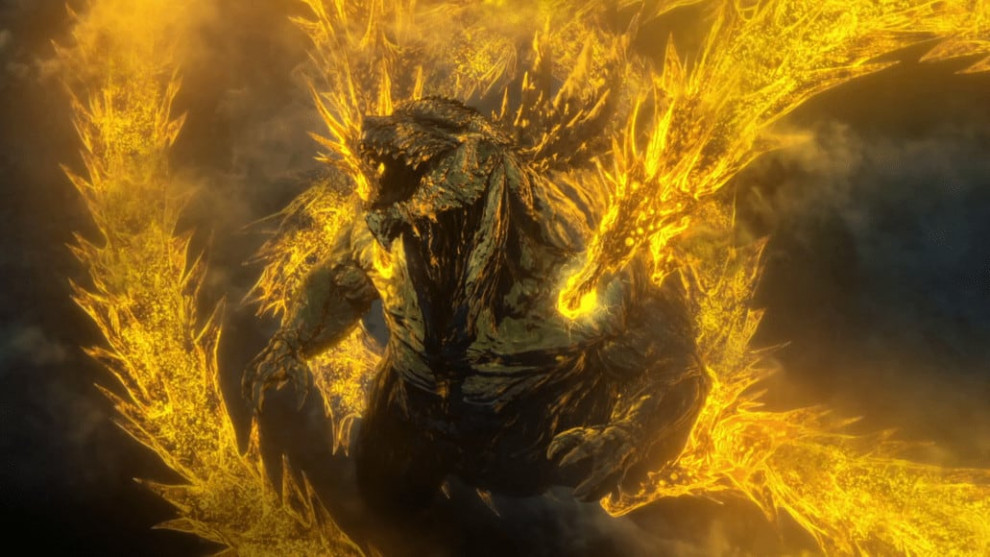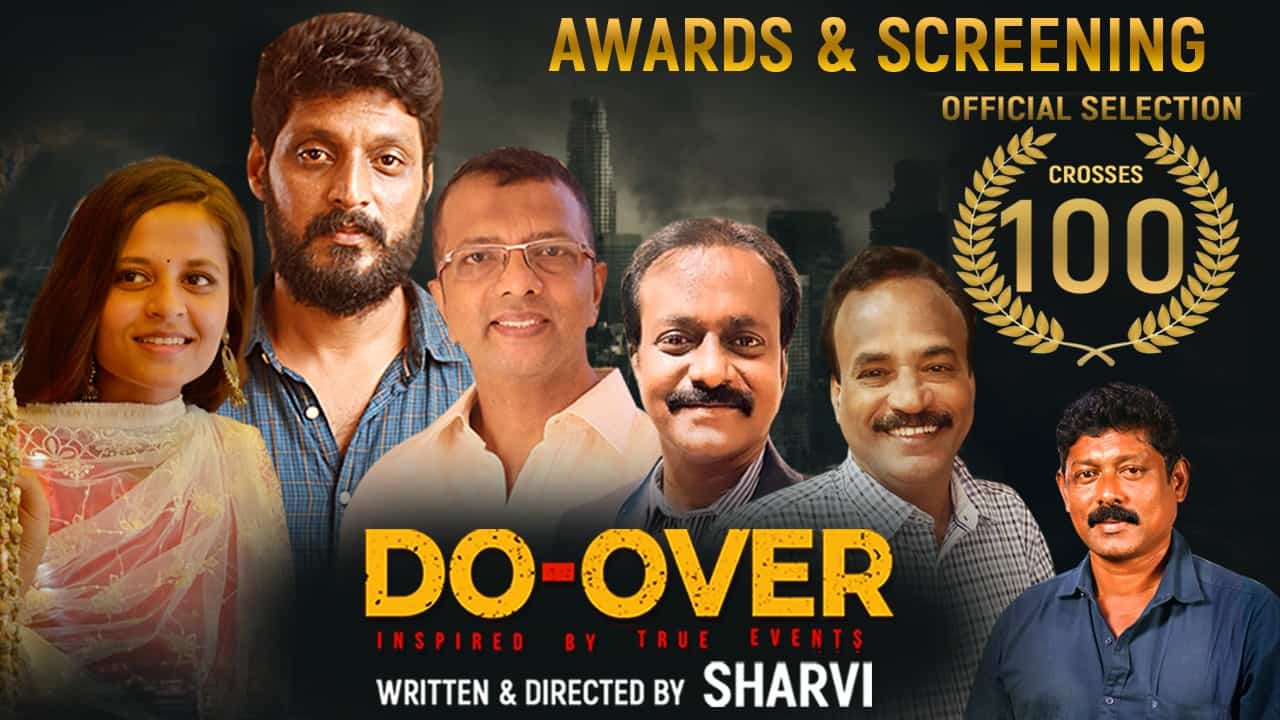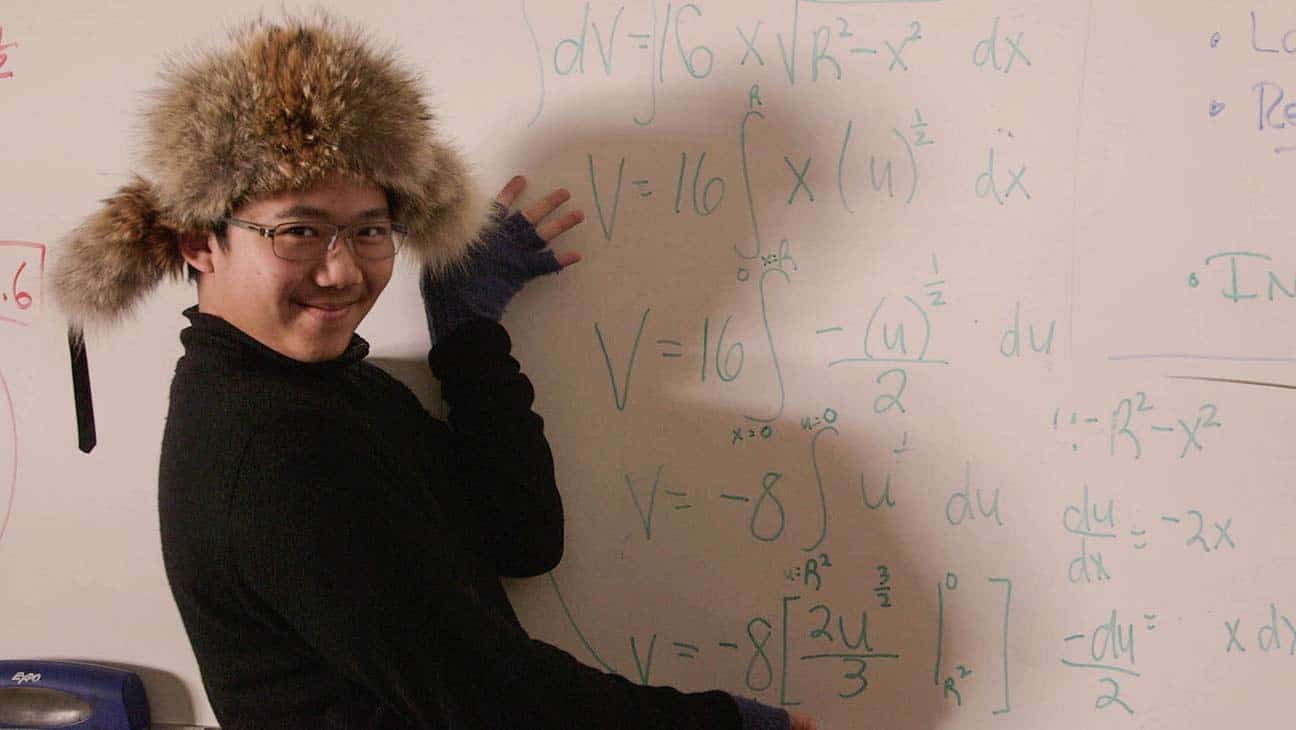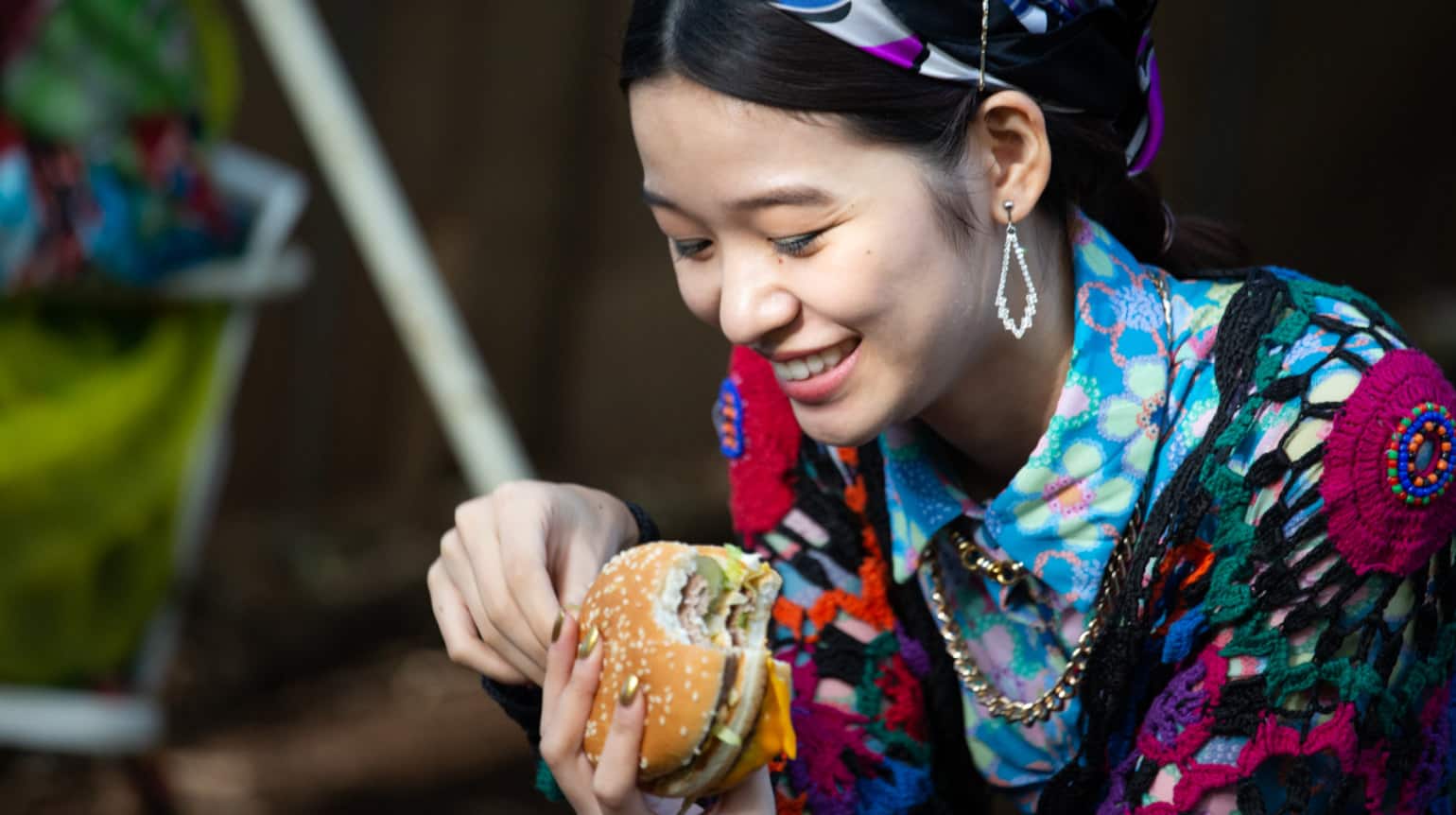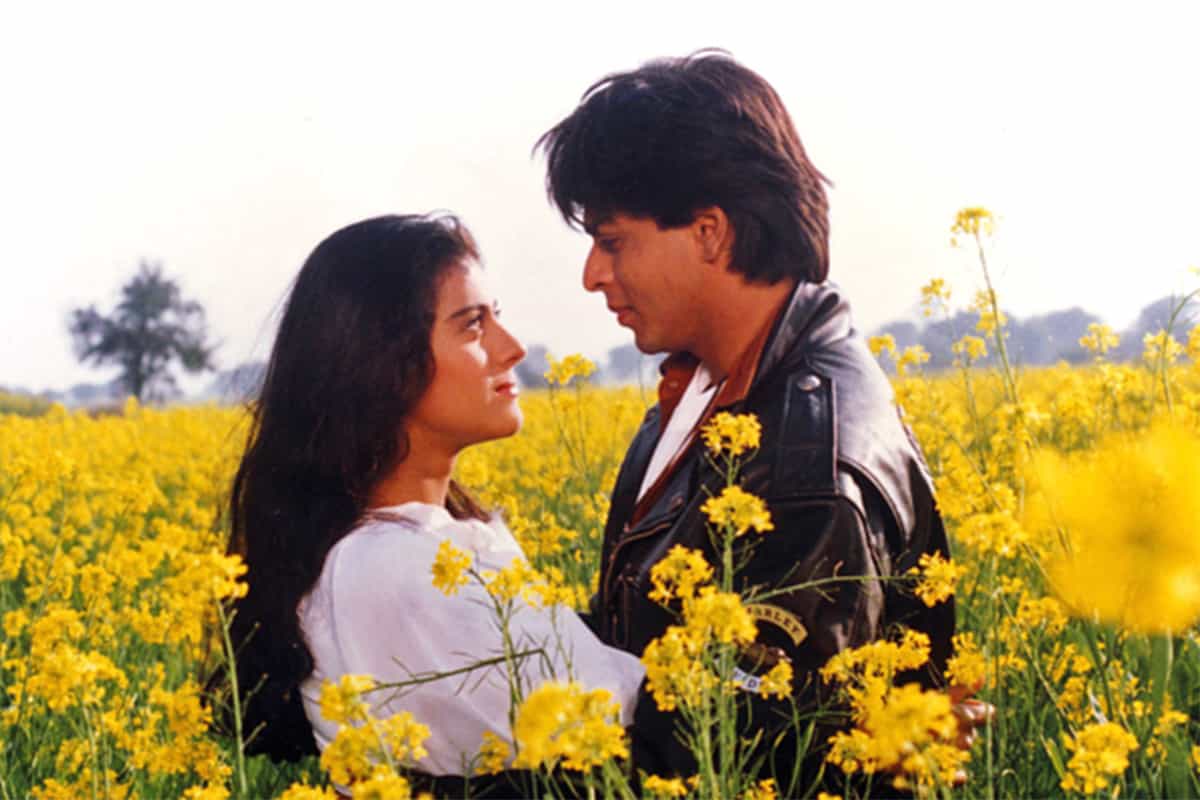The third and last part of the animation series puts a rather impressive conclusion in the trilogy, as more of the legendary monsters come to screen to accompany Godzilla, although not in the way one would expect. Let us take things from the beginning, though.
The film continues exactly where “Godzilla: City on the Edge of Battle” left off. Following Mechagodzilla City's destruction, the remaining Bilusaludo want Haruo to be brought to justice for foiling what they saw as necessary to defeat Godzilla, whilst the humans disagree, believing they have exposed their true intentions of assimilating Earth. The Bilusaludos revolt and take over the Aratrum's engine room, cutting power to the ship and forcing it to run on secondary batteries, which can only last for two days. Down on Earth, Metphies religious fanatism has reached new levels, planning to bring Exif's God, Ghidorah, to Earth, in order for him to destroy the world, completely. As Ghidorah materializes, the victims continue to pile up, but Metphies needs Haruo, in order to allow his god to exist fully in their reality. Eventually, Mothra makes a brief appearance to help Haruo.

The third film continues with the philosophical questions, as it focuses on the connection between religion, science and its lack, and humanity, with each of the four tribes representing one of the concepts. The message, however, the film communicates, that both religion and science lead to extreme fanatism and that humanity could do without both, is a bit radical (bohemian even), although the actions of the protagonists of the story definitely justify the message. Furthermore, humanity's obsession with prosperity is another comment presented in the film, which I also found excessive, particularly since it is communicated as the main source of its blights.
On the other hand, the fact that change demands sacrifice is well presented and quite accurate in my opinion.
Expectantly, “Godzilla” is not only about philosophy, and action, once more, takes a central role in the film, particularly involving the presence of Ghidorah, in probably the most visually impressive appearance of the monster ever on screen, with Polygon Pictures and Toho Animation doing a marvelous work on its drawing and overall animation. The same applies to Godzilla, who seems as majestic ever, but not on the “human” characters, where the CGI fault the movement much, making most of the characters look like caricatures. The drawing, on the other hand, is kept on a satisfying level.

The biggest issue with the action aspect of the film is that Shizuno and Heshita chose to take the battle to a surrealistic, transcendental level, which gives the aspect a philosophical flavor but strips much of what could be a truly glorious battle. The creators probably wanted to elevate the film to something higher that a simple kaiju actioner, but I think they went a bit too far.
“Godzilla: The Planet Eater” is a worthy conclusion to an overall satisfying trilogy, although a different approach towards the action aspect would definitely benefit the film much.


